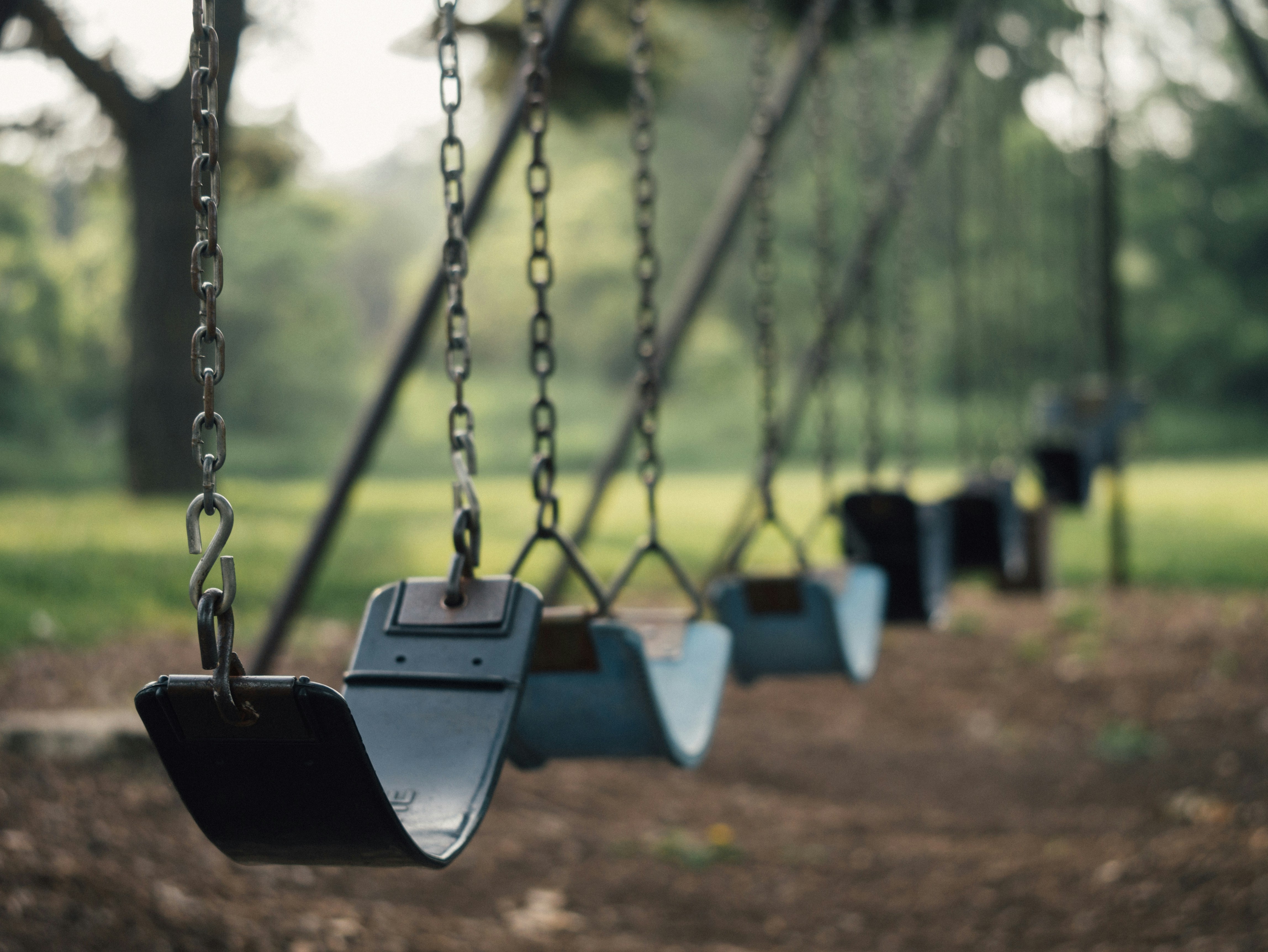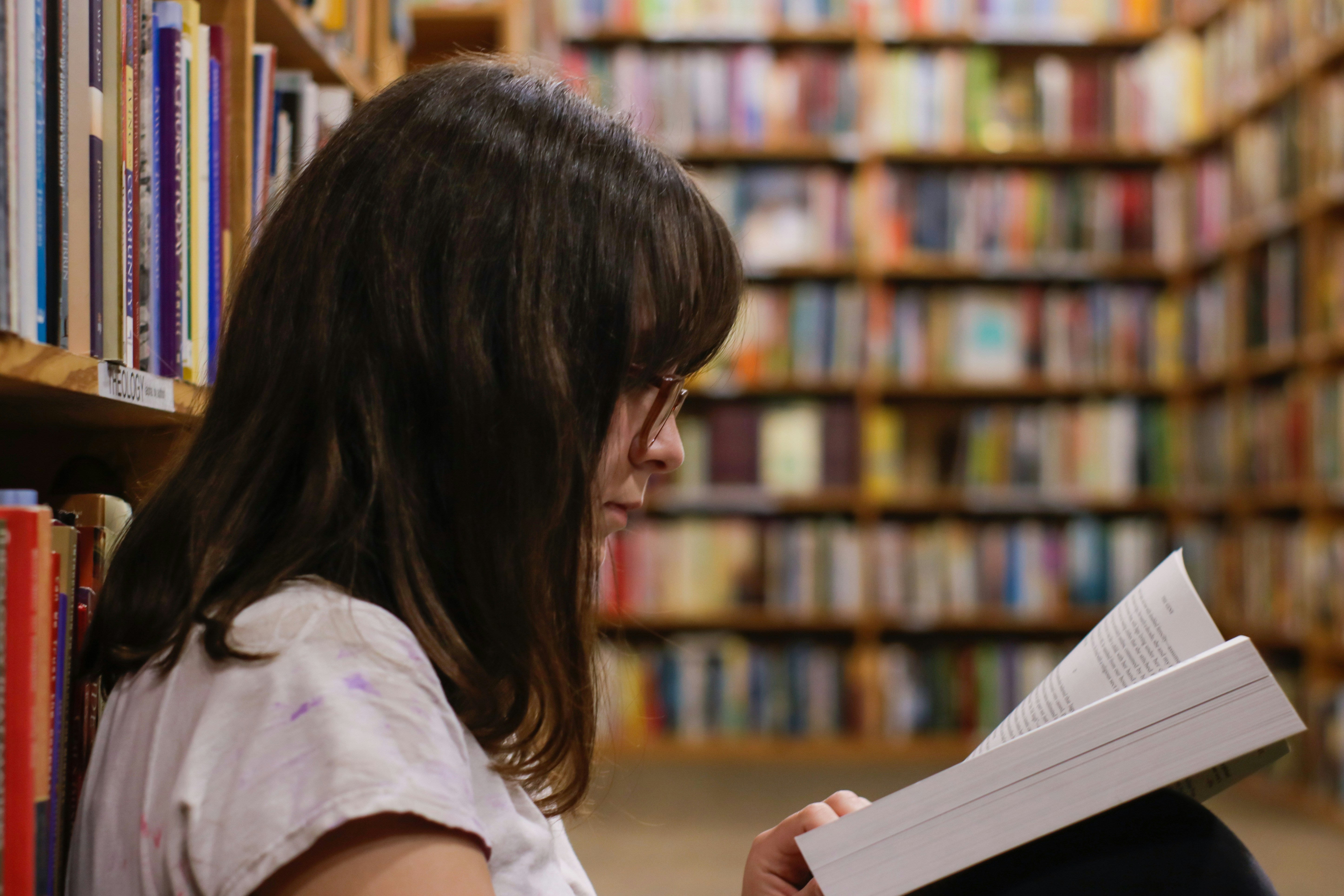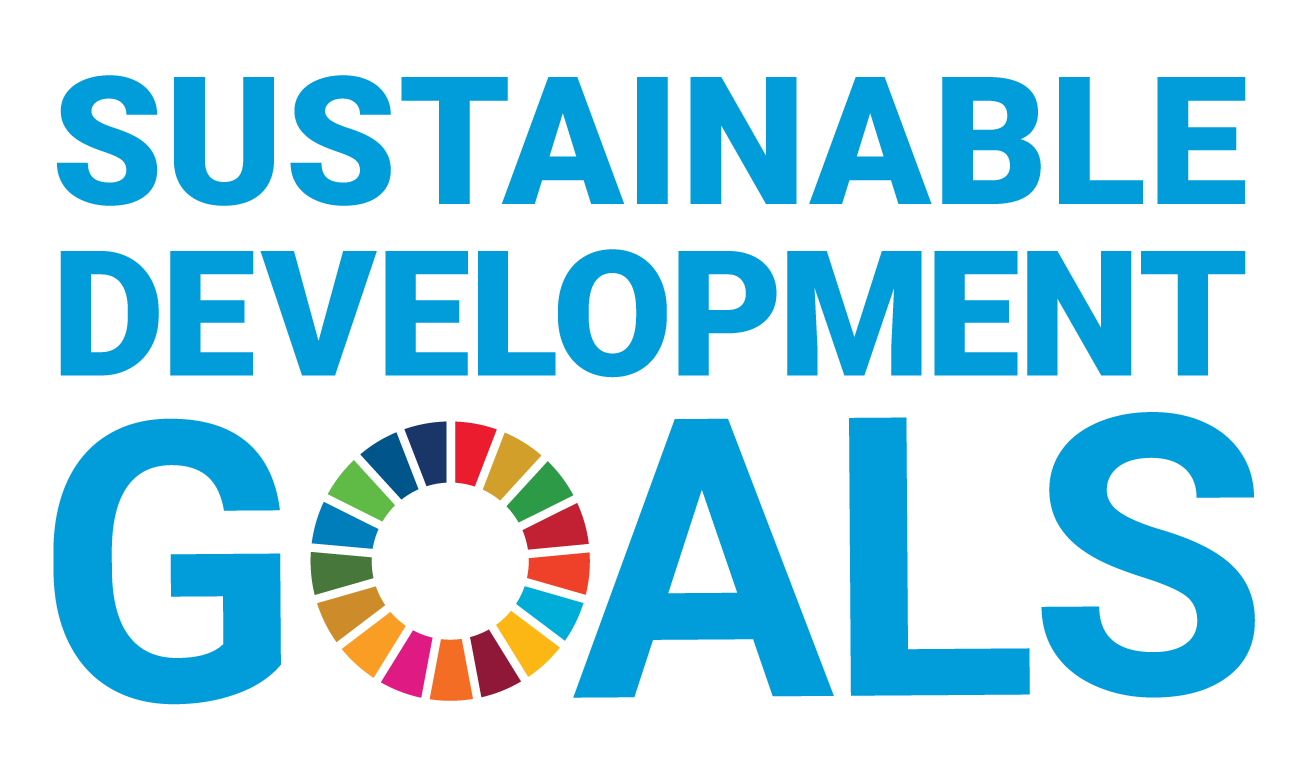You can search for courses, events, people, and anything else.
Bullying is an extensive problem in schools. “A conservative estimate is that about 80% of students have been bullied at some point during their school lives in Australia,” says Western Sydney University’s Associate Professor Roberto Parada, who has dedicated his career to exploring bullying in schools. He’s found that “roughly one in six young people are bullied persistently — at least once or twice a week.”
This can have both short-term and long-term impacts. “The immediate impact of bullying on kids can express itself as fear, anxiety, depression and low self-esteem,” says Parada. “New research is showing that childhood bullying can have ongoing effects later in life.”
But bullying is a highly complex social problem that defies simple analysis, and it requires more than simplistic measures to quantify. That is where Parada hit a problem when he first started to research bullying in the late 1990s for his PhD. “There was nothing that could measure it in a standardised way back then,” recalls Parada. “And so, my supervisor challenged me, asking: ‘What about creating your own measure?’.”
Parada accepted the challenge, and more than 4,500 questionnaires later, he developed the Adolescent Peer Relations Instrument (APRI): a tool for measuring bullying in schools. It measures both the frequency and intensity of bullying, providing a more nuanced understanding of the issue.
The survey poses 18 questions about whether a student has been bullied in various forms (such as being teased, pushed, slapped, ignored or gossiped about) and, if so, how frequently. Questions are then reversed to ask whether the student did any of those actions to other students.
This is important since often the bullied are bullies themselves. “Previous measures used to classify kids as either a bully or a victim,” says Parada. “But one study that I did using APRI found that students will sometimes switch between those two roles.”
The power of APRI is that it allows the effectiveness of interventions to be assessed using a standard measure. “For the first time, we can compare the results of different types of interventions,” says Parada. “The main thing I wanted to accomplish was to realise a standard measure of bullying. It wouldn’t matter if you’re in Albania, Pakistan or Australia, you can do an intervention and measure its effectiveness using the same standard.”
The usefulness of APRI to do this is evidenced by the fact that it has been translated into 15 languages, including Mandarin, Indonesian and Spanish. Parada has made APRI freely available for anyone to use.
Evidence that it can be used effectively in different cultures has been found in Romania. “APRI is a versatile scale, providing information on the frequency of bullying and victimisation as well as on specific types of perpetration and victimisation,” says Dr Raluca Balan, a professor in clinical psychology and psychotherapy at Babeș-Bolyai University in Cluj-Napoca, Romania. While APRI was developed and validated mainly on populations in individualistic cultures, Balan and her team were able to use it to study children and adolescents in Romania, which has a collectivist culture.”
The tool has helped explode some other common myths about bullying. For example, girls are commonly thought to bully more than boys in relational ways, such as gossiping and excluding. But the data doesn’t stack up. “We’ve just published a study where we looked at more than 400,000 adolescents in 75 countries and we found little to no difference in relational bullying between boys and girls,” says Parada.
Parada suspects that such preconceptions have been hard to challenge because of the lack of objective measurements. “These myths perpetuate themselves because of poor measurement,” he says.
Using APRI, Parada also found some interesting trends for bullying that are critical to consider when researching the issue. “We found that bullying fluctuated during the school year, with the most bullying occurring towards the end of the school year,” says Parada. “This has massive implications. For example, if you do an intervention at the end of the school year and assess its effect at the middle of the next year, you will find a decline. But you’d find the same thing even if you had done nothing.”
It also varies by year groups. “There’s more bullying in the younger years in high school,” says Parada. “It seems to peak around year nine and ten and then it goes down from there, but never to zero.”
Surprisingly, APRI doesn’t explicitly address the problem of cyberbullying. “What our research shows is that cyberbullying is really just a form of verbal bullying, which is included in APRI,” explains Parada. He also believes that the impacts of cyberbullying may be exaggerated since kids can relatively easily ignore hurtful messages. One study of 17,000 students in Finland “found that cyberbullying alone produced no mental health or other effects in children,” he adds.
But in general, bullying is a serious problem. “If your child is being bullied, you need to do something about it,” says Parada. “You can’t just sit on it and hope it will go away.”
Thanks to APRI, it is now possible to explore the effectiveness of interventions in an evidence-based manner no matter where you are in the world.
Meet the Academic | Associate Professor Roberto Parada
Dr Roberto H. Parada, PhD, is a registered psychologist and Associate Professor in Adolescent Development, Behaviour, Wellbeing and Pedagogical Studies in the School of Education at Western Sydney University. His research interest and published research focuses on student wellbeing, bullying measurement and intervention, social-emotional learning, and mental health in schools. He has collaborated with international agencies such as UNESCO on the role of social emotional learning and peace as well as locally with government and non-government organisations implementing and evaluating various individual and population-level interventions to promote young people’s wellbeing and development.
Credit
Future-Makers is published for Western Sydney University by Nature Research Custom Media, part of Springer Nature.
© lerbank/iStock/Getty
© aaronburden/Unsplash
© eliottreyna/Unsplash





